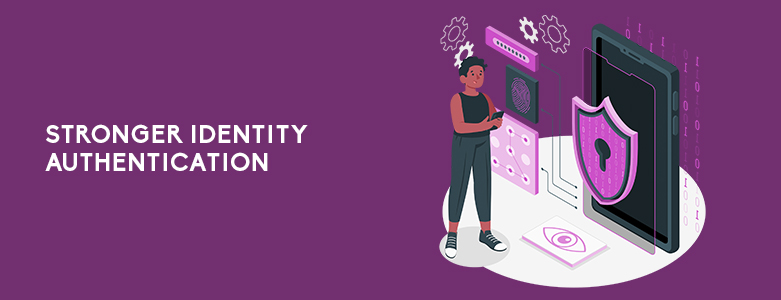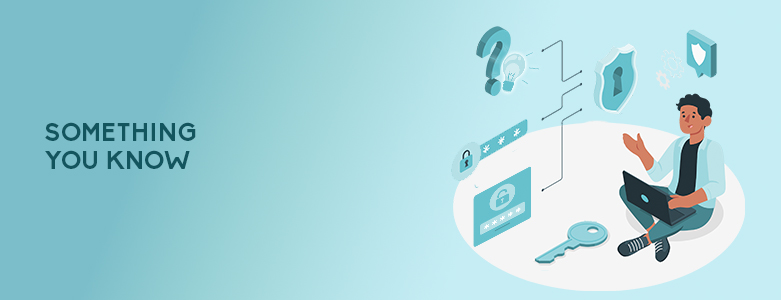4 Benefits Of Multi-Factor Authentication

What are the benefits of having multi-factor authentication? Stronger Identity Authentication Remote Work Security Easy Implementation Customizability If you never thought about multi-factor authentication in the Philippines, you need to consider it now. From email accounts, bank accounts, and work databases—you need the right login credentials to gain access to these. But is having […]
3 Types Of Multi-Factor Authentication

What are the types of multi-factor authentication methods? Something You Know Something You Have Something You Are Multi-factor authentication refers to two or more verification processes that a user must comply with before they can access an account, view data, or make a transaction. Compared to only username and password information, this method allows you […]
